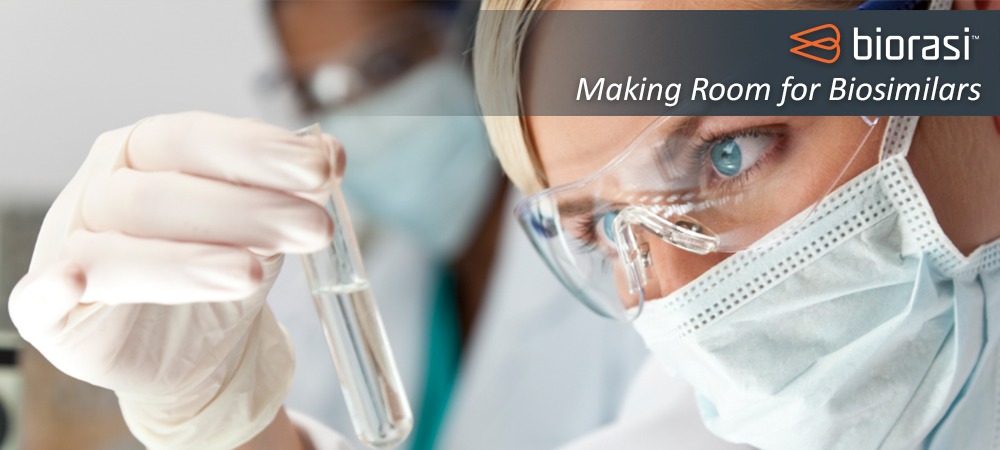Resource • Article
Making Room for Biosimilars

Co-authored by Stephanie Finnegan, President Divisional Operations and Dominique James, Editorial Analyst
On March 6th, 2015 the FDA announced approval of the first Biosimilar drug in the United States. The similarities between follow-on drugs and follow-on biologics make Specialty Pharmaceutical companies dominant among candidates to successfully usher in this new era of biologics. Biobetters and 505(b)(2) drugs are expected to be advantageous in comparison to the original products in one or more features other than simply cost savings. Thanks in large part to the enabling Hatch-Waxman legislation (1984) generic drugs (505(j)/ANDA) are substitutable at the pharmacy level; without prescriber authorization. Automatic substitution has been generally accepted by the market because the maturity of the generic drug market has demonstrated the only significant difference between the generic and the reference listed drug is cost. However, Biosimilars have no paradigm in the established Specialty Pharmaceuticals industry. They offer some (although less dramatic) manufacturing and development savings but have not won market confidence which fosters “pharmacy swap” benefits with no significant product improvement over the reference biologic. This means they must be marketed and sold as a “stand-alone option” prescribed by name only with a lower price tag being the lone benefit.
Some forecasts suggest the industry will evolve into a model similar to the small-molecule drug industry. Current trends in Europe indicate Biosimilars have not been making the large market share gains predicted. They have proven to be very expensive to bring to market, costly to produce, highly competitive and encumbered by costs of sales, marketing and distribution. The world is waiting to see what happens when the FDA begins to approve many of these Biosimilar molecules and a viable US market begins to emerge.
Lots of questions! Will the changing healthcare model in the US drive legislation similar to Hatch-Waxman for Biosimilars? Will the Federal government over-turn many of the states that have already legislated against automatic substitution without authorization? In the most sophisticated healthcare market in the world, will payers, physicians, and patients accept without question the safety and efficacy of these new molecules?
We believe Biosimilars early adaption and clinical trials in the United States are a first step in the development and maturation of the follow-on biologics market. Facilitating legislation will most likely be passed to enable market penetration and this will benefit sponsors worldwide. In addition, we remain confident markets will also develop strongly for Biobetters and Interchangeables. Market exclusivity and ease of substitution of Interchangeables render financial incentives which will drive pioneering companies to engineer interchangeable molecules from initial transfection and work with CRO partners who demonstrate they’re clinically interchangeable. Our biologics teams use TALOS™ to provide clients with innovative study designs for Biosimilar and Biobetter approval, as well as options for designs to demonstrate interchangeability. These options offer the ability to weigh risk vs. reward and to make optimal decisions for follow-on biologics programs.